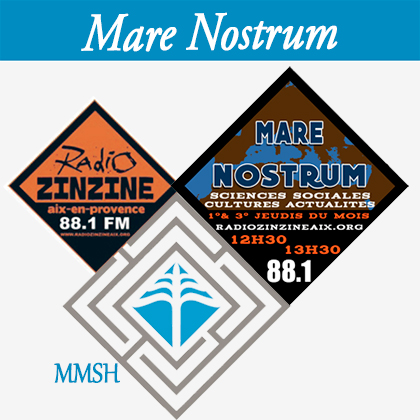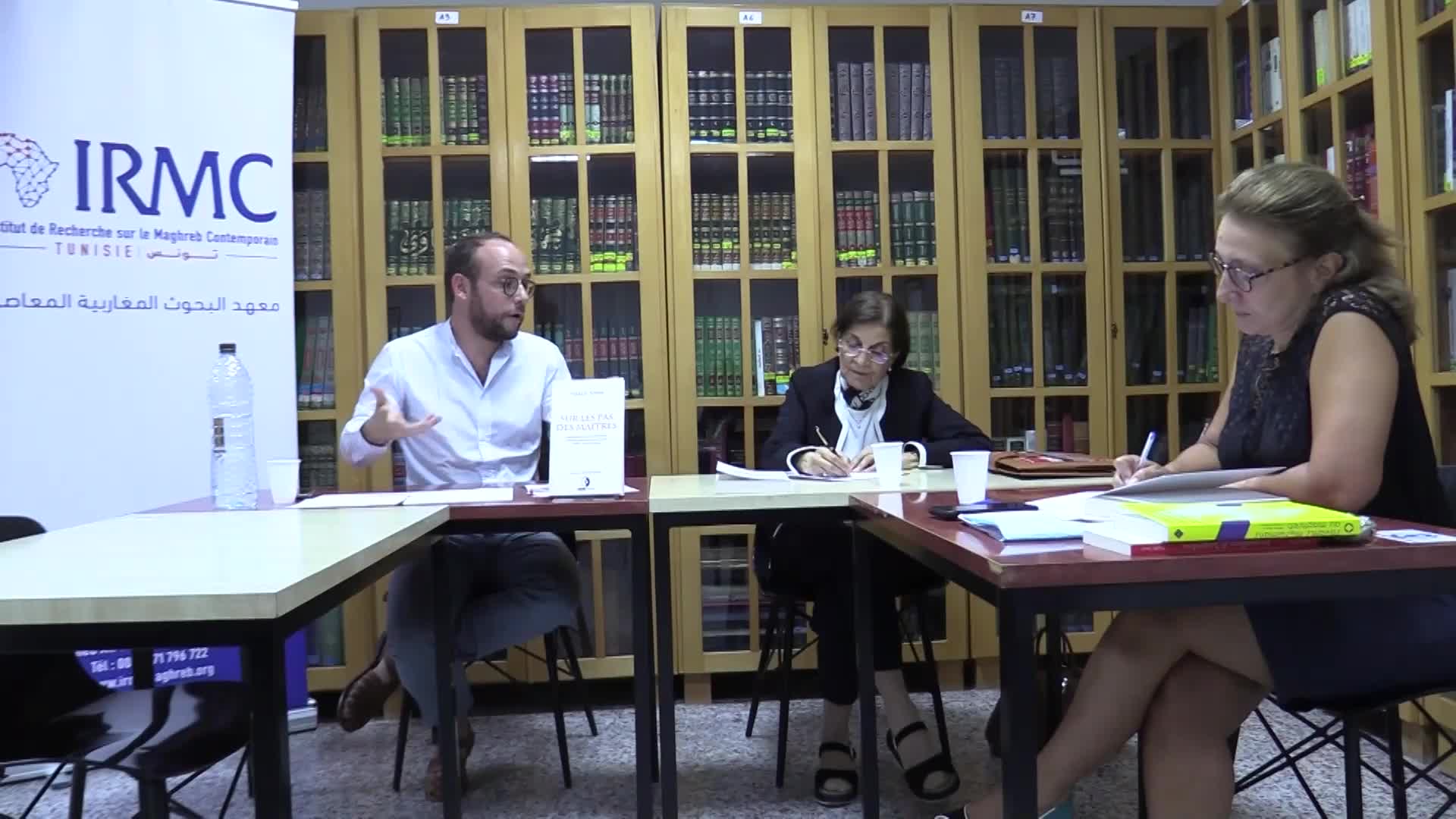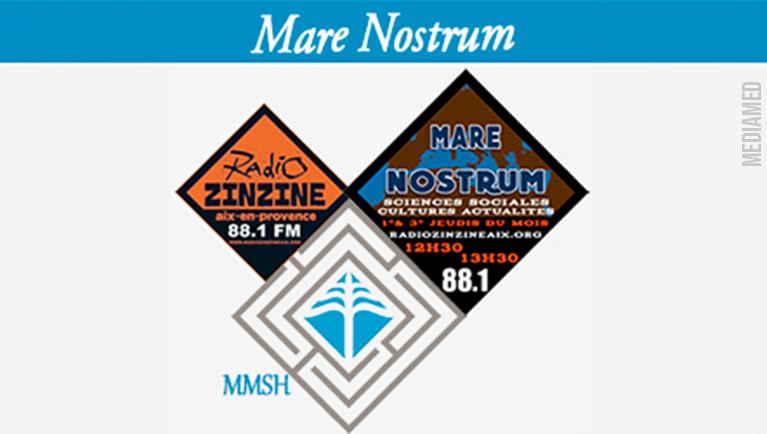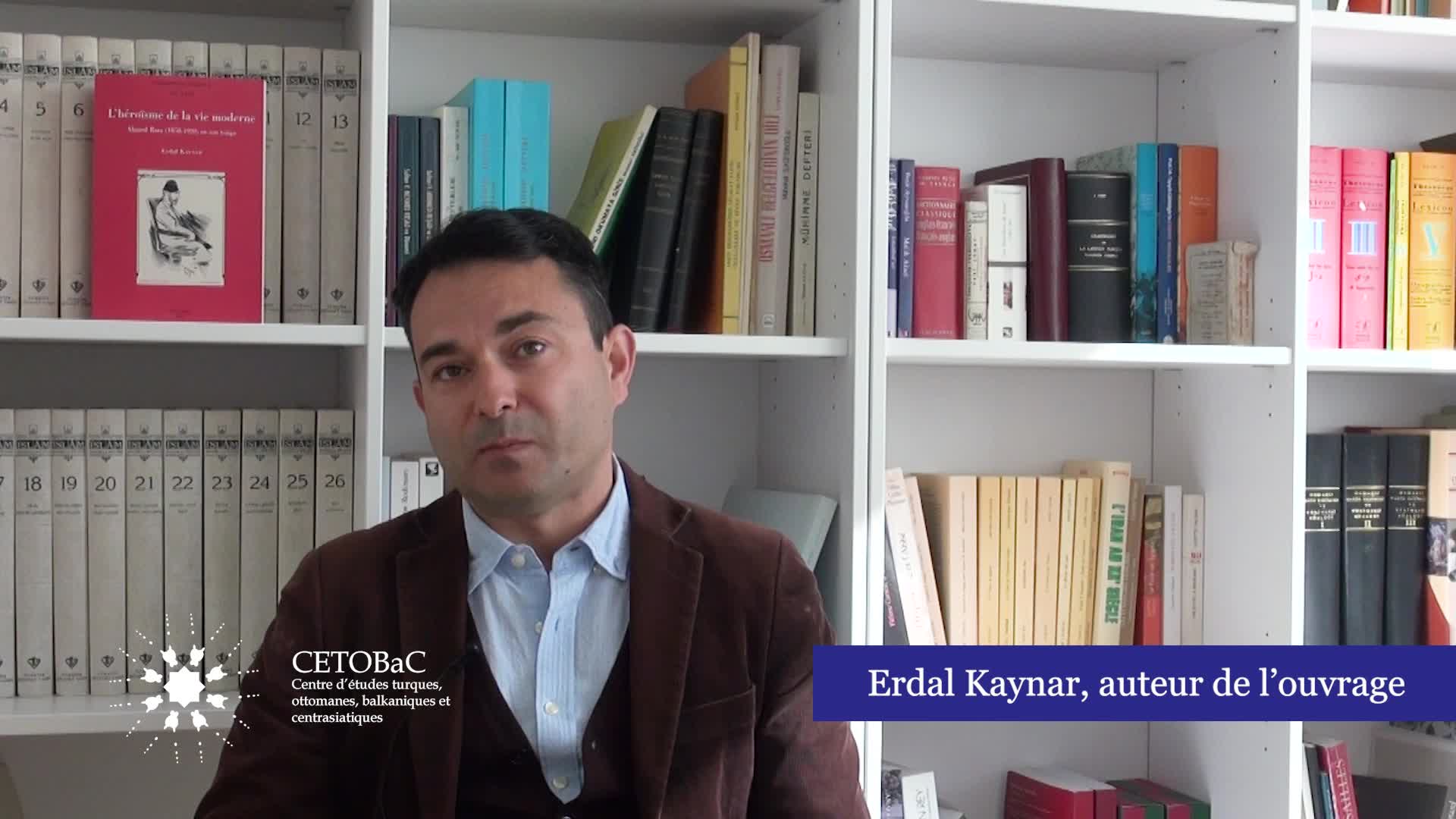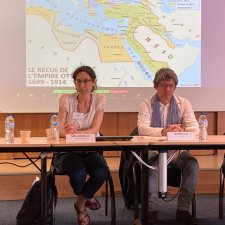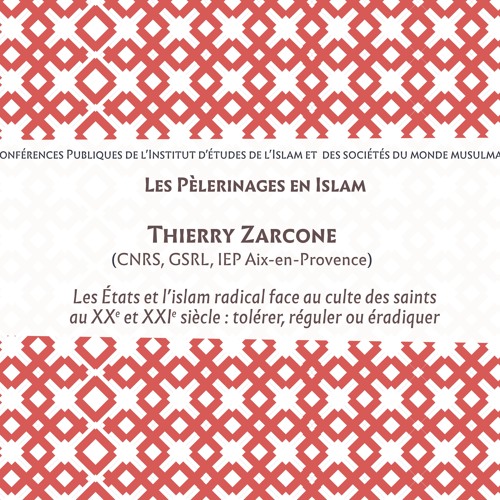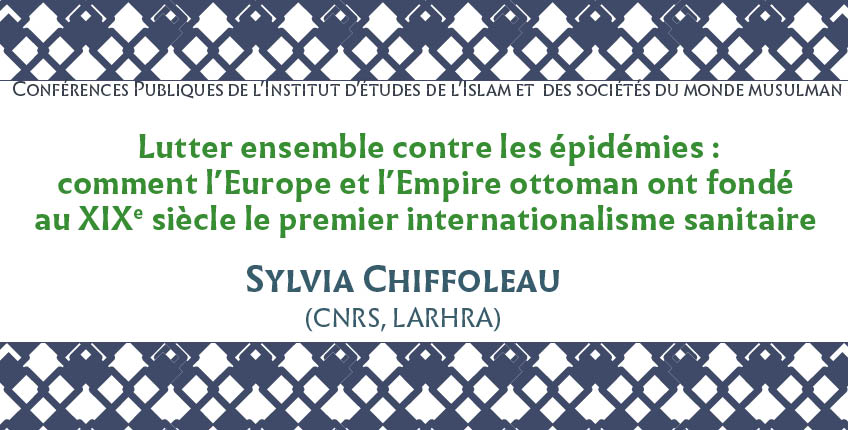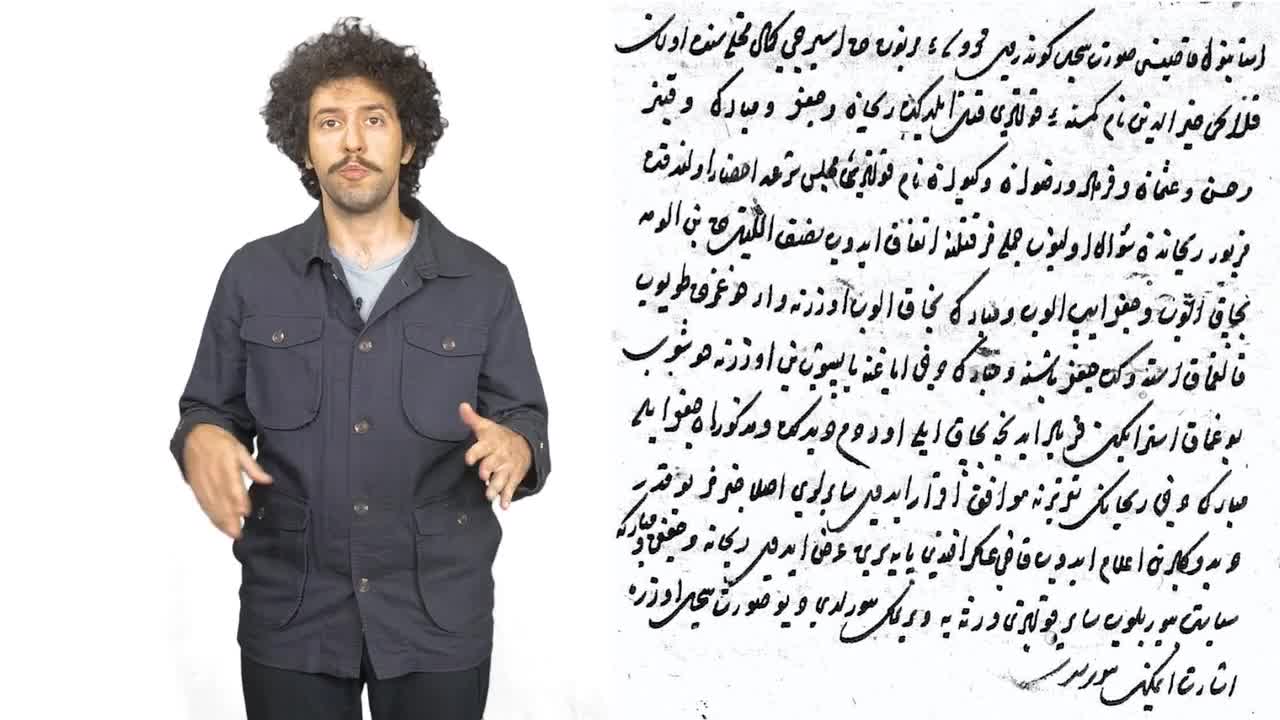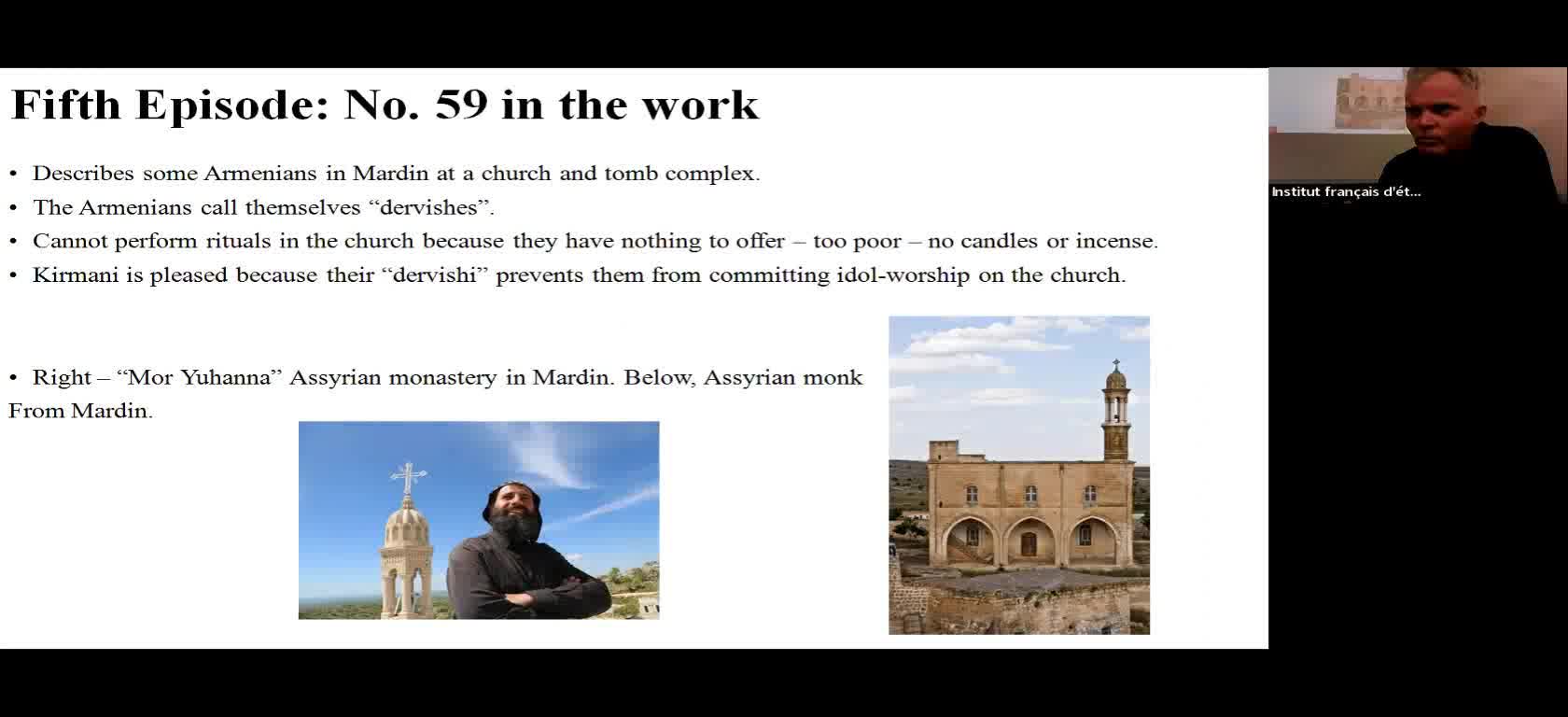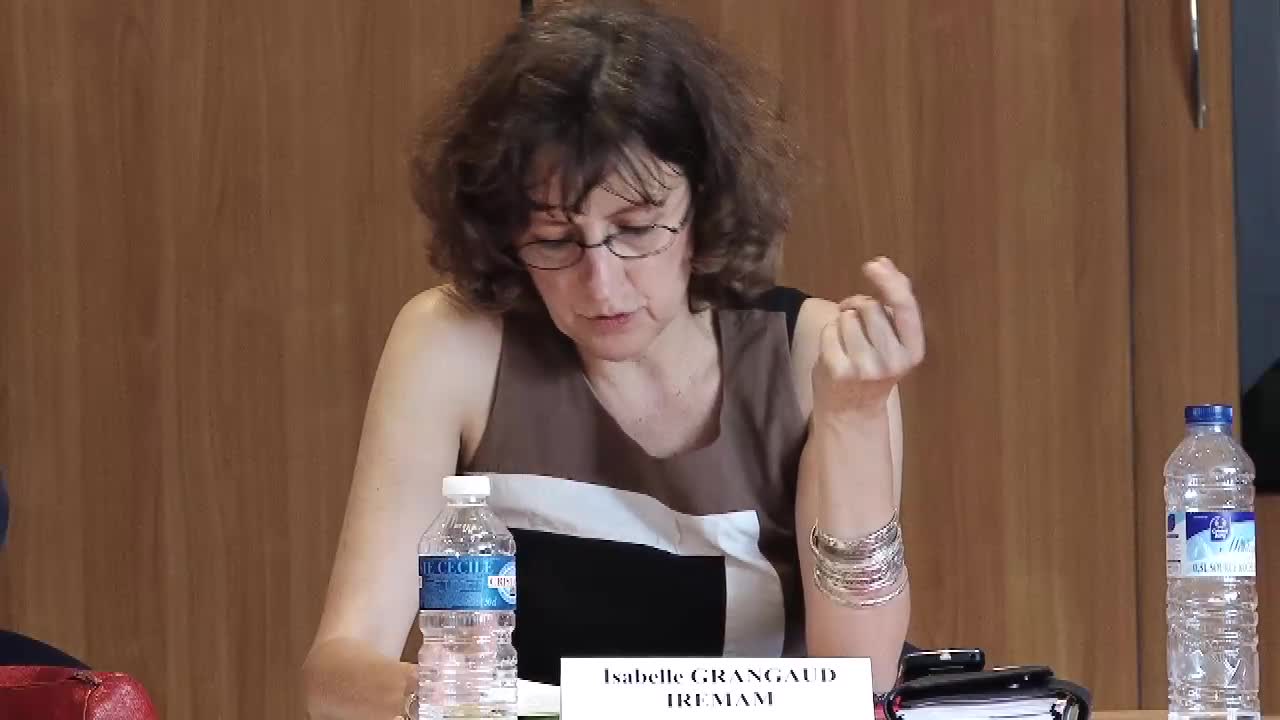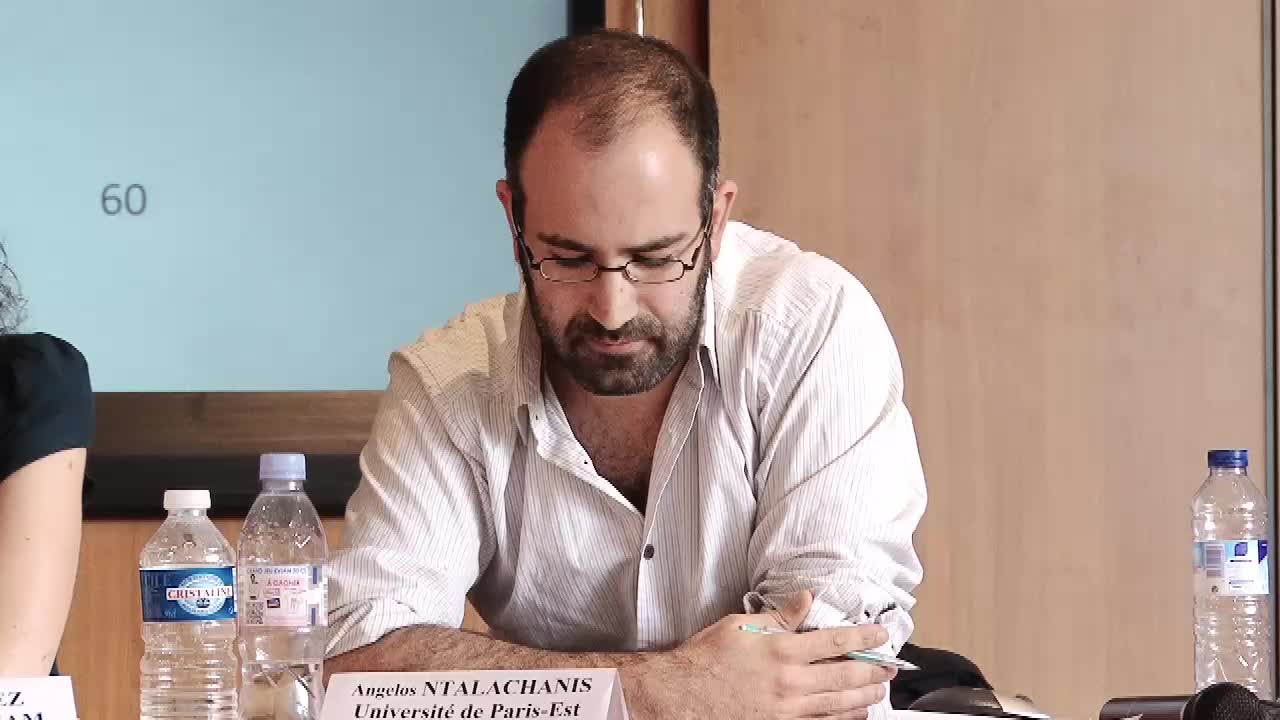Notice
IFEA Histoire 2020-2021 On the Other Shore: The Things of a Sufi Saint in Istanbul
- document 1 document 2 document 3
- niveau 1 niveau 2 niveau 3
Descriptif
Aziz Mahmud Hüdayi (1541-1628), the “second Pir” (pir-i sani) of the Celvetiyye Sufi-order, is a famous Sufi saint in Istanbul. His mausoleum (türbe) on the slope of a hill in Üsküdar has not ceased to be a vital focus of pilgrimage up to the present. Aziz Mahmud Hüdayi is known as one of the four protectors of the Bosporus, and according to local lore, seafarers between the opposite shores of Sultanahmet and Üsküdar cling to the “Hüdayi-way” (Hüdayi yolu), on which the saint is remembered to have crossed the waters on a stormy day.
Until the 1980’s, a large collection of personal belongings (emanetler) of the saint and his followers such as several mantles (hırka), ritual headgear (tac-ı şerif), shoes, a stick (asa), ritual paraphernalia and many contact relics such as pieces of the cover (kısve) of the Kaaba or small pieces of musselin called destimal used to be kept in the türbe. In the past decades however, this extraordinarily rich collection of the mausoleum was gradually transferred to the archive of the State Directorate of Mausoleums and Museums (Türbeler Müze Müdürlügü) in Sultanahmet. While many historical inventories of Istanbul’s Sufi mausoleums dispersed and fell prey to looting after the closure of the Sufi shrines in 1925, among the locals of Üsküdar it is considered as one of the miracles of the saint that “not even a handkerchief” of the collection of his türbe got lost. Yet, presently, this rare collection is inaccessible to the public.
Drawing on my fieldwork at the türbe of Aziz Mahmud Hüdayi in Üsküdar and on my archival research, I wish to offer a close look at this inventory of a famous Istanbul Sufi türbe and to shed light on the ways and stories of some of its items after 1925. An inquiry into the “biographies” of the belongings of the shrine of Aziz Mahmud Hüdayi invites us to pay attention to the vitality of portable and textile things in the aesthetics and materiality of Sufi shrines and to some local practices of Sufism in Istanbul
Intervention / Responsable scientifique
Sur le même thème
-
Les relations entre la République de Venise et l’Empire ottoman (1453/1517)
GuénaPaulineLa République de Venise et l’Empire ottoman ont entretenu des relations privilégiées entre le XVe et le XVIe siècles, dans des domaines très divers, le commerce, la diplomatie, la gestion des
-
Présentation de l’ouvrage « SUR LES PAS DES MAÎTRES. Entre Orient et Occident musulmans l’Ifriqiya …
العامرينللي سلامةBoissevainKatiaJomierAugustinl’IRMC a accueilli l’historienne Nelly Amri pour présenter son ouvrage « Sur les pas des Maîtres. Entre Orient et Occident musulmans l’Ifriqiya au cœur des échanges soufis » en discussion avec
-
Les femmes dans l'Empire ottoman
DumasJulietteDans la société de cour de l’Empire ottoman les femmes qui font partie de l’élite jouent un rôle important. Du fait de la proximité du pouvoir et de leurs positions hiérarchiques, elles exercent une
-
Interview avec Erdal Kaynar
KaynarErdalErdal Kaynar est spécialiste de l’Empire ottoman et maître de conférences en histoire contemporaine à la Faculté des Sciences Historiques de l’Université de Strasbourg.
-
Odessa-Istanbul-Jaffa. Trajectoires et paradoxes de l'immigration juive en Palestine ottomane (1881…
Seri-HerschIrisCommunication dans le cadre de la table-ronde : Détroits et passages « Dedans / Dehors » « GlobalMed – La Méditerranée et le monde de la Préhistoire à nos jours. Approches interdisciplinaires et
-
Le commerce des esclaves dans l’Empire ottoman ( XVe-XVIIe siècles)
ÖzkorayHayri GökşinDepuis la plus haute Antiquité, l’esclavage fait partie intégrante du fonctionnement des sociétés ; les esclaves se définissent comme des gens d’ailleurs, étrangers, qui sont la propriété d’un maître,
-
Les États et l’islam radical face au culte des saints au XXe et XXIe siècle : tolérer, réguler ou é…
ZarconeThierryHistorien et Anthropologue, Thierry Zarcone est Directeur de recherches au CNRS, rattaché au GSRL (Groupe Sociétés Religions Laïcité) et chargé de cours à l’Institut d’études politiques d’Aix en
-
« Lutter ensemble contre les épidémies : comment l’Europe et l’Empire ottoman ont fondé au XIXe siè…
ChiffoleauSylviaSylvia Chiffoleau, « Lutter ensemble contre les épidémies : comment l’Europe et l’Empire ottoman ont fondé au XIXe siècle le premier internationalisme sanitaire », mardi 6 avril 2021.
-
L'esclavage en Méditerranée ottomane
ÖzkorayHayri GökşinL’État ottoman est une puissance politique qui émerge au XIVe en Anatolie occidentale pour devenir un empire méditerranéen au XVe siècle, notamment aux dépens de Byzance, Venise, des Mamelouks, et de
-
Muslim Relations with Christians in 13th century Anatolia: An investigation of the hagiography of A…
RidgeonLloyd Vincent JohnMuslim Relations with Christians in 13th century Anatolia: An investigation of the hagiography of Awhad al-Din Kirmani Lloyd Ridgeon (University of Glasgow)
-
La conquête du bayt al-mal : les transformations d’une institution ottomane à Alger entre 1830-1860
GrangaudIsabellePanel 3 : Transmissions impériales : le cas des successions Dire et écrire le pouvoir impérial en Méditerranée, XIXe-XXe siècles Journée d’études organisée le 8 juin 2012 de 9h à 18h, MMSH -
-
Du multilinguisme « cosmopolite » à l’option arabe : stratégies linguistiques et redéfinition de l…
ΝταλαχάνηςΆγγελοςPanel 2 : Éducation et enseignement, entre savoirs locaux et logiques impériales Dire et écrire le pouvoir impérial en Méditerranée, XIXe-XXe siècles Journée d’études organisée le 8 juin 2012 de


